Some food fads really need to die. Take wheatgrass shots, for example. I don’t dislike the stuff, but much of the world is convinced that it’s, like, the most miraculously awesome-est thing you could ever put into your body.
But once upon a time, a group of six extremely health-conscious business tycoons (co-owners of a firm with $550 million in annual revenues) went to the doctor to get a physical, as required by their insurance policies. The six health-conscious rich dudes knew that a daily shot of wheatgrass was good for them. So they figured that massive mugs of wheatgrass would be even better for them, and they instructed their personal chefs to prepare Super Big Gulps of wheatgrass juice, several times a day.
And guess what? The health-conscious, fad-embracing, wheatgrass-guzzling tycoons all failed their physicals. (The seventh business partner, an overweight old dude who never exercises or eats vegetables, passed easily.) The health-conscious tycoons’ bloodwork revealed bizarrely elevated levels of a rare toxin that frequently appears in blades of grass, but not in humans. The doctor was completely confused: “Normally, this chemical is only found in livestock, but it’s toxic to humans. I can’t explain it. Have you guys, um, been eating grass or something?”
Like I said, wheatgrass is clearly a health fad that needs to die.
And while we’re on the topic of food fads that need to die… can we please stop worshipping faux-Spanish small plates restaurants? I just don’t understand why I would want to pay an assload of money for fancy small plates. I like big plates. Whenever I go to a trendy “Spanish” restaurant in the U.S., I get mad: $50 seems to get flushed down the drain far too quickly, sacrificed to the gods of pretentious fancy yuppie food that barely resembles anything you would find in Spain.
That’s not to say that I don’t love Spanish food. As long as it’s in Spain, where the tapas are usually intended as tasty, cheap accomplices to a long night of drinking tasty, cheap red wine. I have a foggy memory of a night spent guzzling red wine and nibbling olives, fresh bread, Serrano ham, and Spanish tortilla in a café in a small town in Cantabria. My bill came to about $6. I love you, Spain.
To my surprise, Casa Galicia in Astoria is far closer (spiritually, at least) to Spain than I expected. It’s a large, nondescript social club and restaurant, featuring the classic Astoria crowd of craggy old European dudes hunched over their drinks. But as soon as I glanced at the wine list, I knew that the place was blissfully non-pretentious: you can get a bottle of perfectly drinkable Spanish Rioja for $12. We decided to splurge on a $17 bottle. You could never write that sentence about any restaurant in Manhattan.
Most of the food was as cheap and tasty as the wine. We started with a full-sized tortilla ($6 for eight pieces), Spain’s always-excellent three-dimensional version of a potato omelet—and arguably the country’s national dish. We then chomped our way through a plate of Serrano ham with manchego cheese ($8), some delicious fried chorizo with onions and peppers ($5 for a surprisingly generous plate), another plate of manchego cheese with olives ($6), and some overcooked gambas al ajillo (shrimp stewed in garlic and butter, $10), which were the only disappointment of the evening.
In a nod to the club’s Galician roots, we also tried the caldo gallego ($3), a reasonably appealing stew made from white beans, bits of ham, and plenty of collard greens. The fabada ($5)—a stew popular in neighboring Asturias—was even better, with large white beans in a deceptively creamy, pork-spiked broth.
But the real hit was the marinated, grilled pulpo (a.k.a. octopus, $14), served with a chunk of potato that was deliciously saturated with marinated octopus juice (mmm, octopus juice). I’m rarely an octopus fan; it can be great in a ceviche, but most of the octopus I’ve eaten has been rubbery enough to bounce a couple of feet when hurled against the table. (Admit it: you’ve hurled octopus against a table before, haven’t you?) The stuff at Casa Galicia was thoroughly non-rubbery, and it almost resembled a firm whitefish, instead of the flesh of a squid or octopus. I couldn’t understand how that worked—how the eff would you make an octopus non-rubbery?
Luckily, one of my dining companions, a Spain-obsessed food blogger who spent several years living in Portugal, had an answer. Spaniards—specifically, professional octopus chefs called pulperos—have perfected the art of tenderizing the hell out of an octopus by slamming it against firm objects until the rubbery-ness has been thoroughly beaten out of it. Apparently, somebody in the kitchen at Casa Galicia was in charge of abusing the octopus before marinating and grilling it.
(Wouldn’t you love to be dude who abuses octopuses for a living? Cute girl at cocktail party: “So, what do you do for a living?” Octopus-abuser: “I beat octopuses senseless.” Cute girl: “Oh.”)
Anyway, the octopus abuser at Casa Galicia clearly knew what he was doing. And so did the bartender and whoever wrote the wine list at Casa Galicia: the four of us shared three bottles of charmingly inexpensive Spanish wine, and then chased our meals with orujo gallego ($4 for a disturbingly large glass), Galicia’s grapey version of grappa. By the time we left, we were probably so drunk that we would have happily taken an octopus home and cuddled with it. But we were definitely far too fat and happy to even think about beating it senseless.
Casa Galicia
3709 31st Ave., Astoria, Queens
Subway: Broadway or 30th Ave. (N, Q trains)


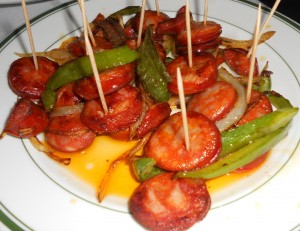

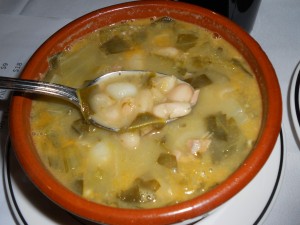


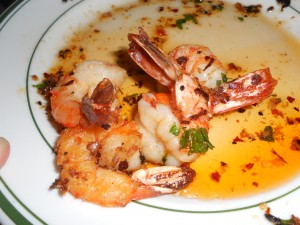







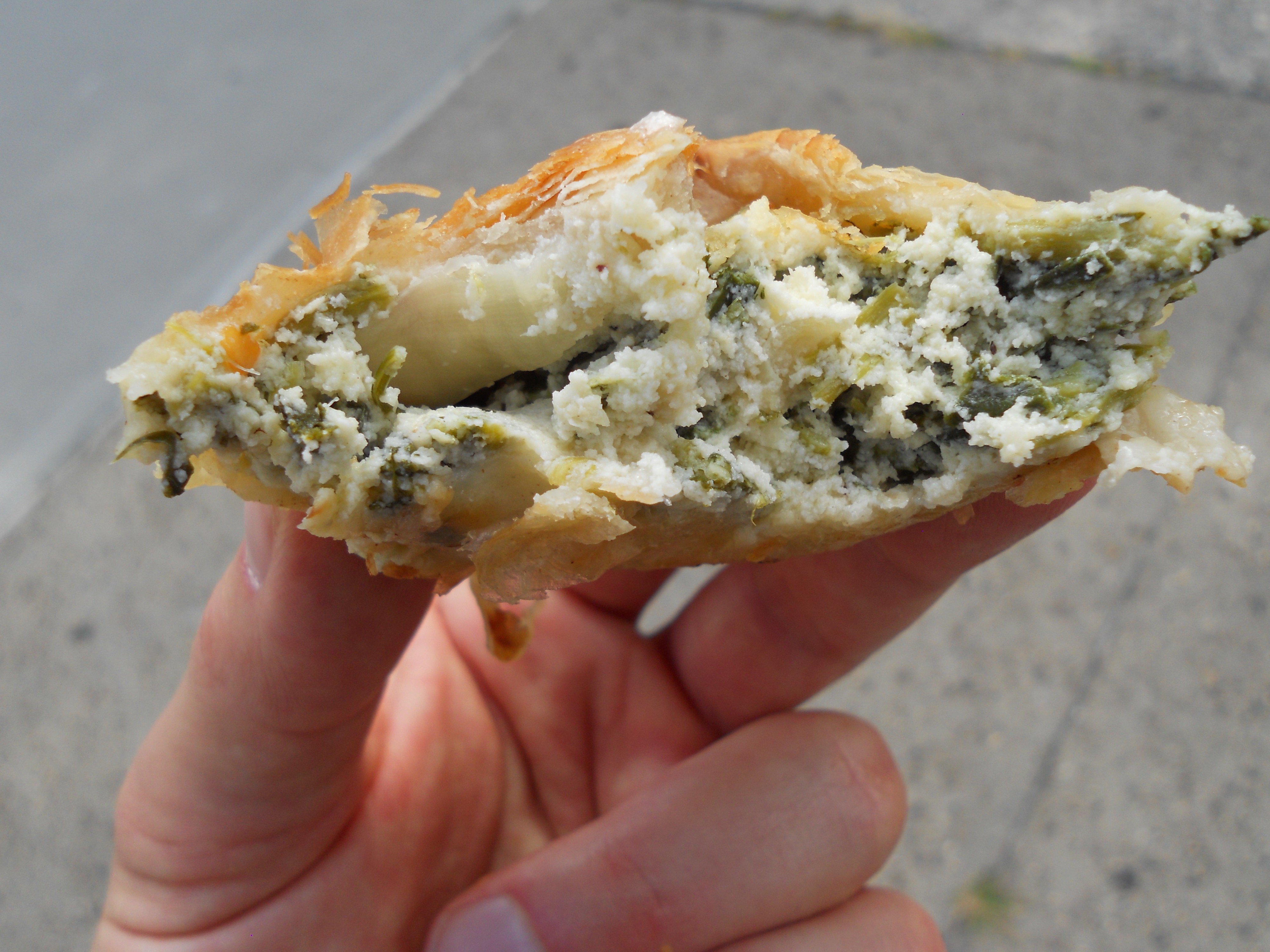

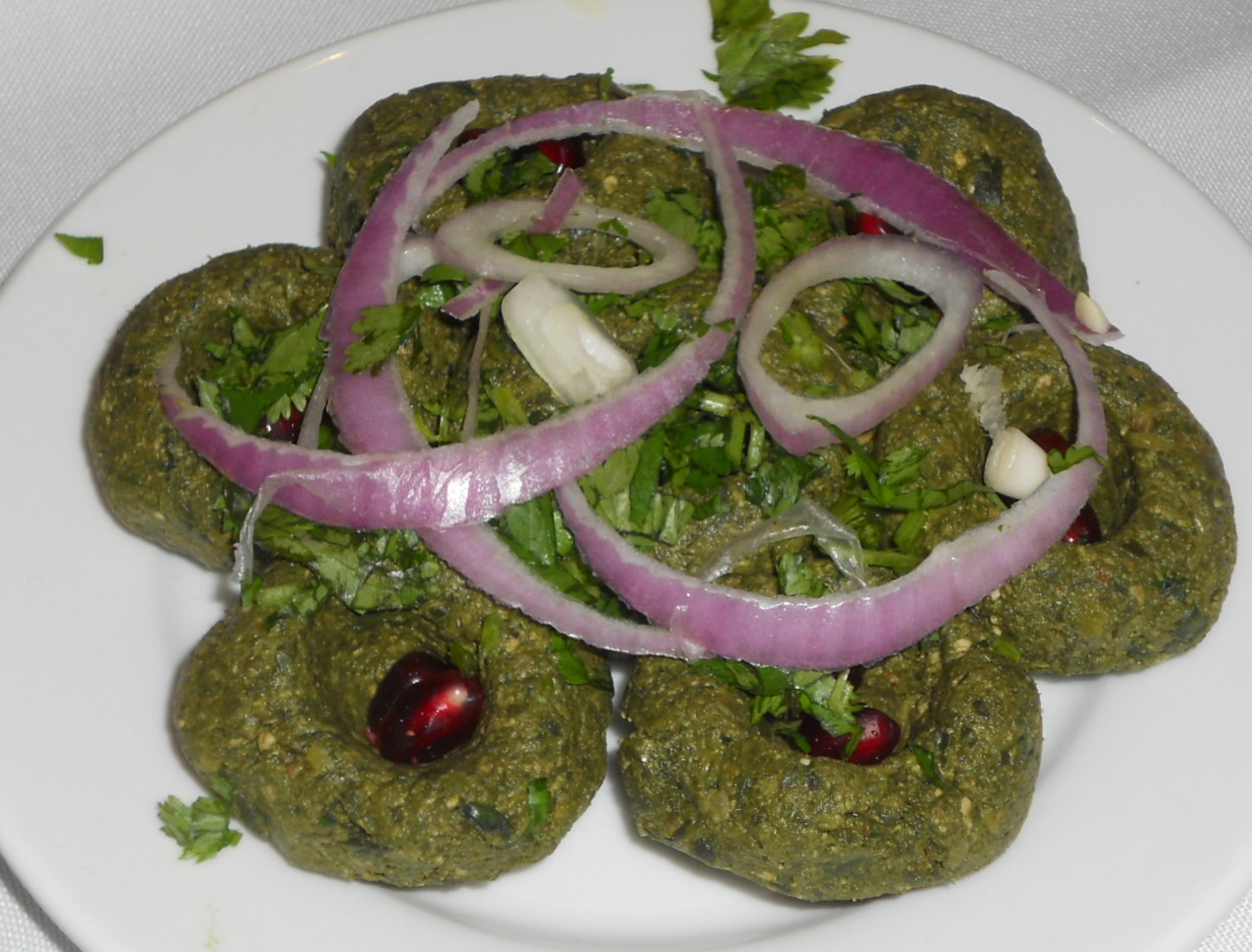
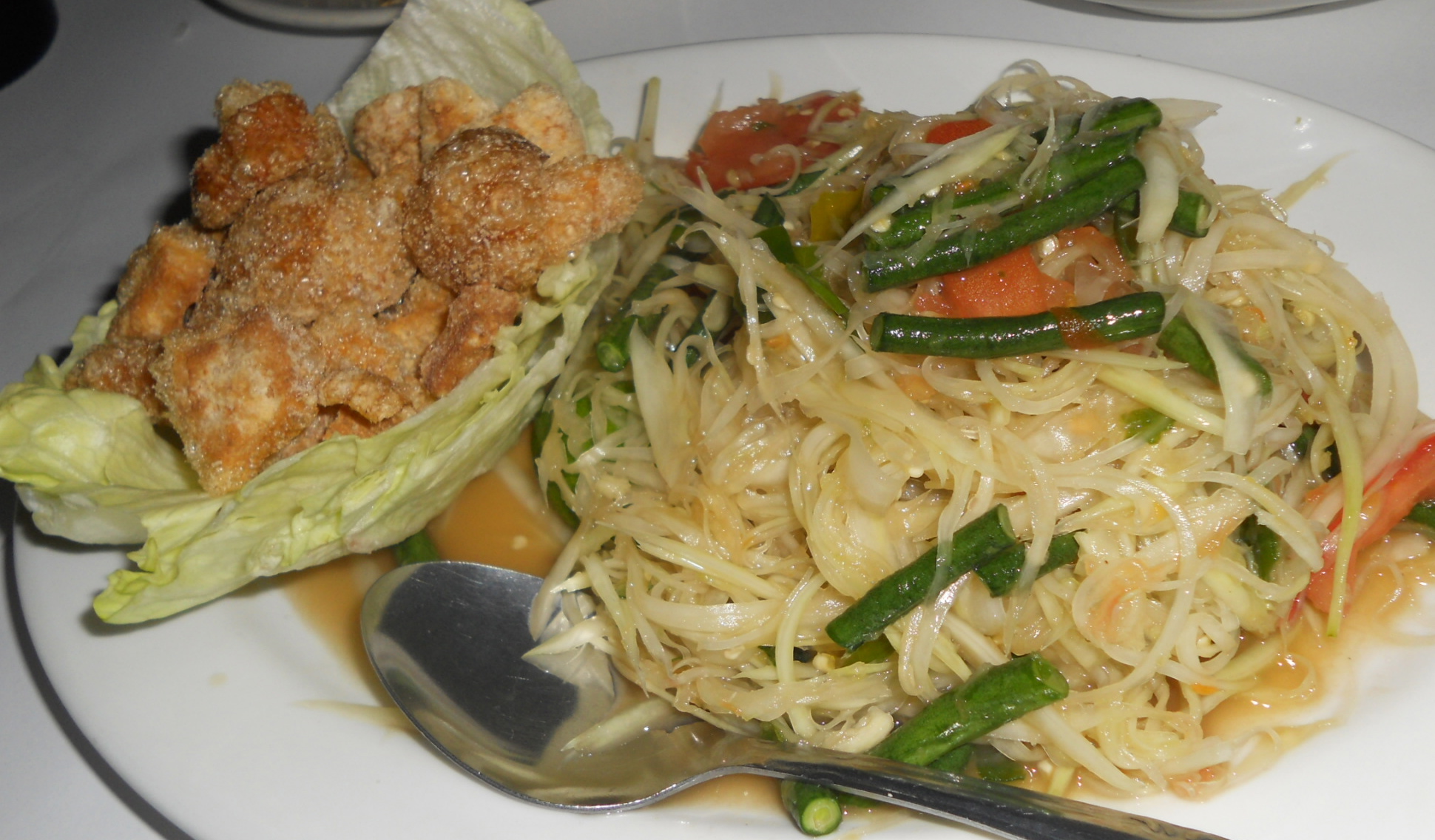
How do you make an octopus non-rubbery? You boil it for at the very least 90 minutes (45 in a pressure cooker) 🙂
Um, sure. But beating it up is waaaaaaay more fun.
Back in the day you used to beat it. … now freezing it accomplishes the same thing and if you cook it for 90 minutes you make it rubbery again. Bring water to a boil, dunk pulpo 3 times in the water wait fir it to come to a boil again and let boil for 35 minute. Perfect every time. This is coming from an ex member of this social club living in Galicia now.